Embryonic Stem Cells as a Developmental Model in vitro —— Special Topic Issue: Cells Tissues Organs 1999, Vol. 165, No. 3-4
----- 胚胎干细胞体外发育模型的研究
Pluripotent mouse embryonic stem (ES) cells have been widely used to create mutant mice that pass genetic modifications to their offspring through germ-line transmission. ES cells also have the capacity to differentiate in vitro into cells of endo- dermal, ectodermal and mesodermal lineages. This special issue of Cells Tissues Organs contains articles covering the properties and potential of pluripotent ES cells in culture. Molecular mecha- nisms regulating self-renewal and differentiation of ES cells and the expression pattern of Oct-4, a key regulator of totipotency during the mammali- an life cycle, are described. Several articles review the present knowledge of ES cell-derived neuro- genic, adipogenic, myogenic, cardiovascular and hematopoietic differentiation. The developmental capacity of ES cells as the basis for an in vitro embryotoxicity screening system is presented, and one chapter describes attempts to establish pluri- potent cell lines from other species, including the most recent strategies to introduce genetic modifi- cations into livestock animals by nuclear transfer. A promising area of research has been the isolation of pluripotent stem cells of human origin and their prospective use in tissue transplantations - a topic addressed in the final chapter.
{{comment.content}}
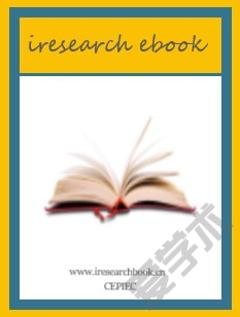

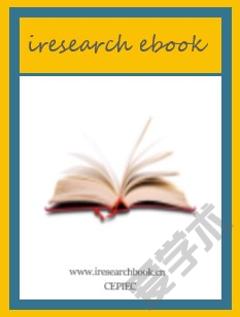
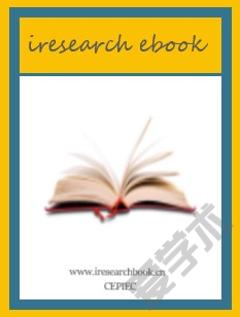
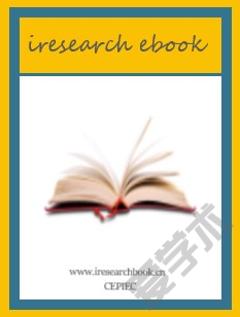
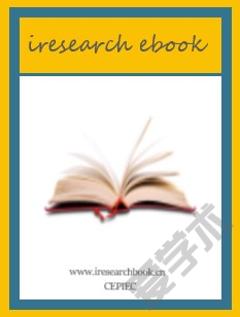
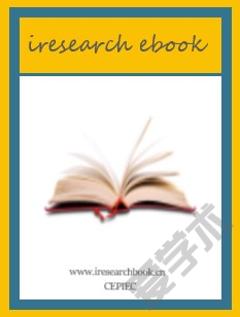

 京公网安备 11010802027623号
京公网安备 11010802027623号